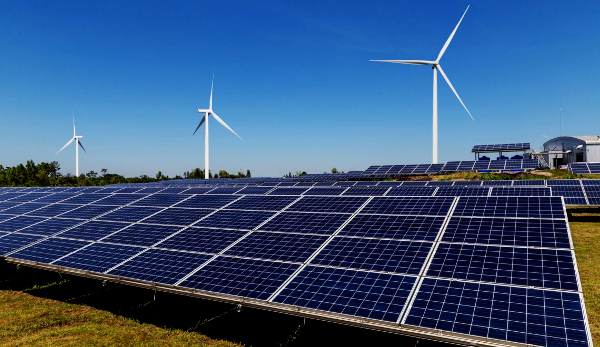On Wednesday, billionaire Mr. Gautam Adani said India is at a dramatic turning point from where its economy will expand to 10 times by 2050, with the nation having many trillion-dollar businesses and renewable energy’s cheapest electricity.
By 2050, Mr. Adani projected India’s GDP increasing from the current US$ 2.8 trillion to US$ 28 trillion, stock market valuations expand to US$ 30 trillion, and a retail market around US$ 10 trillion.
An integration of ‘India’s soft power with the hard power of a GDP of US$ 28 trillion and a stock market of US$ 30 trillion would offer an amazing nation that is taking the journey to becoming the 21st century’s greatest chance.
Mr. Adani said that as the renewable energy trend accelerates and the country generates the cheapest electricity from renewable energy sources, the marginal cost of electricity will continue to fall dramatically.
He said, “In my opinion, India is at a dramatic point of inflection today. I think India will have strongly positioned itself as the biggest opportunity of the 21st century over the next few decades and will become even stronger by 2050 onwards.”
There will be problems, however, such as cycles of slowdown that any major economy is going through.
He added, “Yes, India will have tough challenges to tackle. Yet, there can literally be no denial of the size of the opportunity that India is awaiting.”
Mr. Adani, who leads the Ports-to-Energy conglomerate, said the total global GDP is US$ 85 trillion, of which US$ 2.8 trillion is in India.
The global GDP is estimated to be between US$ 170 and 180 trillion in 2050, and India’s GDP – then about US$ 28 trillion – is expected to contribute more than 15% to the global economy. He said,” I fully expect this to be the case as many of the essential structural reforms are now being placed in place and these reforms are laying the groundwork for our national growth to accelerate.”
He further stated that the country’s population is projected to be 1.6 billion by 2050, listing benefits in India’s favour.
One in every three middle-class consumers in the world will be Indian and India will form the largest middle-class in the world.
“No nation has ever produced such a large middle class,” he said. This middle class would insulate India and drive an incredible rate of internal consumption.
Only the retail market is worth US$ 10 trillion on its own.
‘India will be every global company’s targeted investment,’ he said.
The Indian stock market indices would have improved by a factor of 13x – assuming a CAGR of 9% – placing the Sensex in the region of 6,00,000.
Most definitely, given that India’s biggest growth is still ahead of it this index would be an order of magnitude higher,’ he said. “I would also expect that India would have developed some of its own trillion-dollar value businesses by 2050.” Since the first industrial revolution in 1760, Mr. Adani stated that energy has shaped the lifeline of the economy of a country. The role of information and communication technology in boosting the economy and the productive potential of a country is also shown by growing research.
At present both the energy market and the technical sector are increasingly intersecting. I see this technology-energy convergence as the single most significant factor in raising the balance of the population of India, not only out of poverty, but right into the middle-class bucket and leading to revolutionary business models.
Explaining, he said electricity’s marginal cost will continue to decline sharply as the boom in renewable energy progresses.
Because of its combination with digitisation, this blend of solar, wind and storage would be much more revolutionary.
He said, “Like energy, I also think that for many decades, the cost of digitalization based on storage, processing, and networking will continue to follow a steep decline curve and the marginal management cost will continue to fall.”
In addition, India has the cheapest internet networks and mobile devices among all countries in the world, with data prices falling 95% in the last five years and usage rising 56 times.
In addition to being individually transformative, the effects of marginal cost-based renewable energy and information technology are also spectacular when combined.
Therefore, in conjunction with emerging technologies – which include sensors and the Internet of Things, artificial intelligence and machine learning, 5G and cloud computing – I believe that affordable green power will all converge to give us the ability to micro-size multiple processes economically and turn every process into a service.
Source:PIB
You may also like
-
Dot Simplifies Approval Processes For Telecom Licenses And Wireless Equipment
-
PM to Inaugurate SEMICON India 2024 on 11th September
-
Shri Piyush Goyal Sets 500 Million Tonnes Domestic Steel Production Target by 2034
-
NHAI to Track Around 100 Toll Plazas with GIS-Based Software for Seamless Movement of Traffic at National Highways
-
“Marching Towards Building A Digitally Connected Bharat and An Atmanirbhar Telecom Sector”: Union Minister Jyotiraditya Scindia
